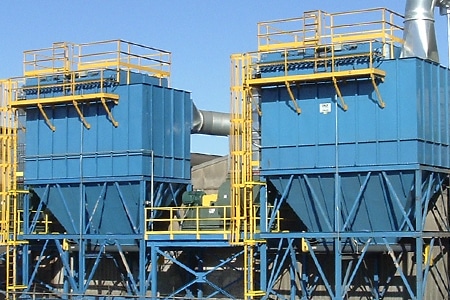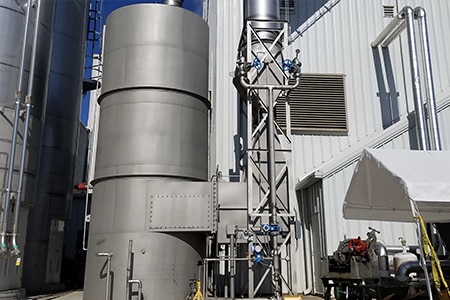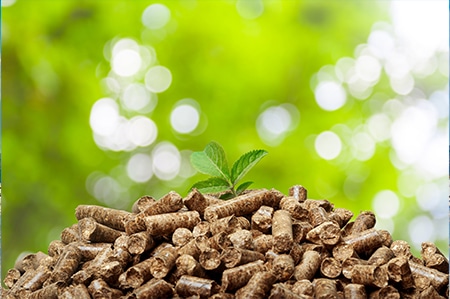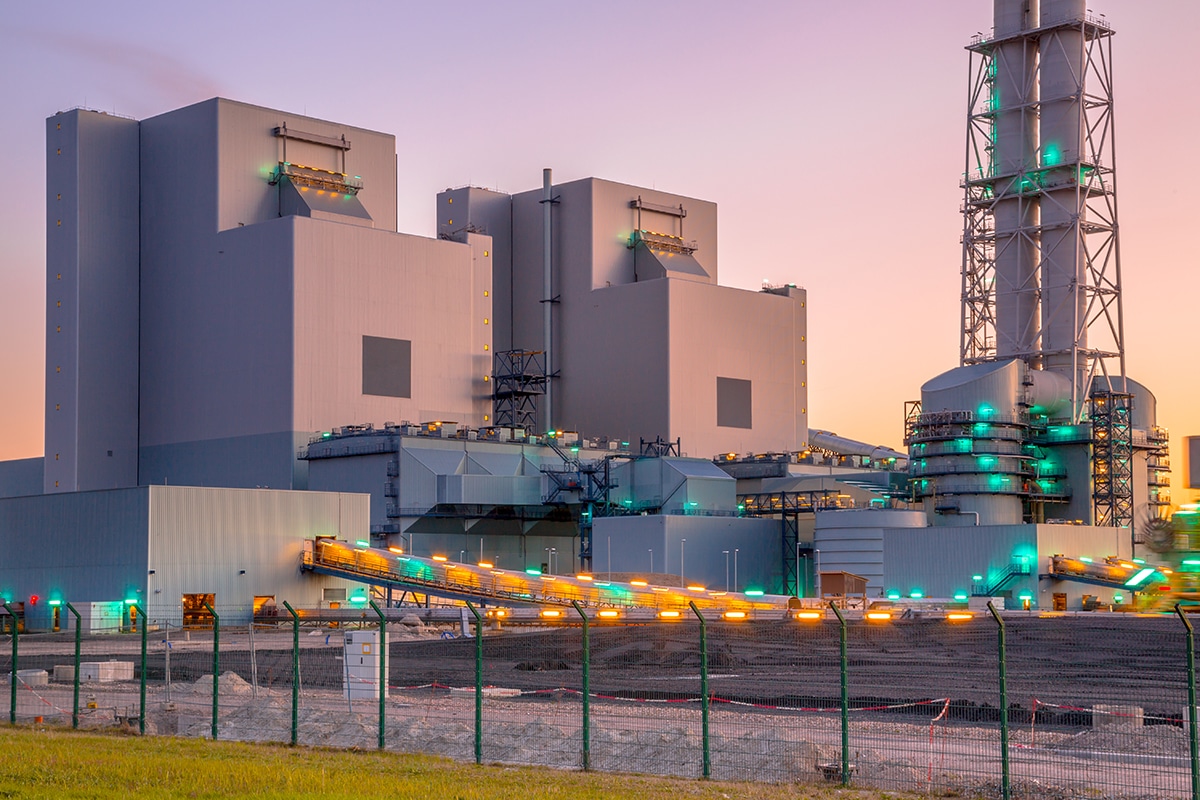It’s Organic: Biomass Processing Equipment
Biomass processing converts organic matter into useful forms of energy or high-value end products. Energy generation can include biomass designated for biofuels, biogas, or electricity. Depending on the biomass source, moisture levels vary widely, ranging from less than 15% to more than 90% for some varieties. This makes drying for moisture removal a critical step in converting biomass to energy.
Discover How Dust Collection for Biomass Processing Can Reduce Hazards and Clear the Air in our White Paper Download White Paper
The drying process within a biomass facility generates a considerable amount of dust. The resulting dust is highly combustible, with fires and explosions a common risk in biomass processing facilities. This can pose a significant hazard to worker health and safety, damaging capital equipment and the plant environment.
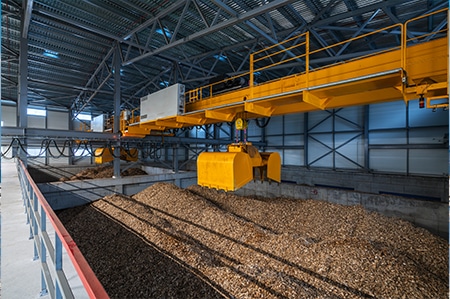
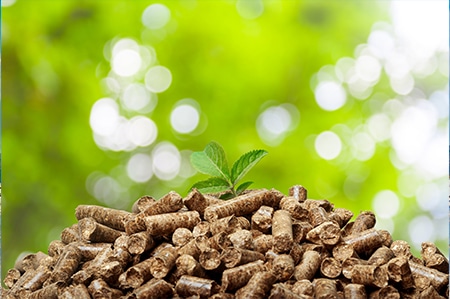
Proper dust collection systems can capture the dust to reduce this potential hazard. In addition to protecting worker health and safety, it can preserve equipment, reduce maintenance, and help operators avoid environmental pollution or the expense of regulatory fines.
While wood byproducts supply most biomass energy sources, operators continue to experiment with other forms of organic material, which generate different types of dust. One commonality is that the smaller and drier the dust particle, the more it lowers the ignition energy required for combustion.
Types of biomass that could require a dust collection system can include:
- Agricultural crops and waste materials
- Corn cobs
- Straw
- Palm fronds
- Sawdust and other wood processing waste
- Biogenic materials in municipal solid waste (i.e., paper, cotton, wool, yard waste)
- Animal manure and human sewage
- Algae
Biomass processing operations should work with a company like Sly LLC, which can offer decades of dust collection experience. We can and have designed dust collection systems for biomass processing operations, from specially constructed baghouses with modified inlets to cyclones and more. Typically, dust collection is installed directly after the dryer, but dust collection is also essential throughout the process of conveyance and transport.
Processing operations that generate dust and require a baghouse or cyclone can include dryers (rotary, flash, superheated or fluid bed dryers), boilers, furnaces, kilns, separators, mills, pellet presses, conveyors, and transport.
The benefits of a dust collection system in biomass processing operations extend beyond safety and environmental concerns. It can also improve the overall process efficiency by reducing the amount of dust that accumulates in the equipment and ducts, which can lead to clogging, extra maintenance, and downtime.
A dust collection system can also help operators comply with regulatory requirements to maintain process emissions within acceptable limits. Further, the collected dust can be reused as a fuel source or feedstock for other processes. This creates a closed-loop system that reduces waste and lowers operating costs.
Sly offers a complete line of dust collection equipment to keep biomass processing operations clean from potentially combustible, hazardous dust and remove or recycle it into production. Call Sly to design, fabricate, and install a dust collection system tailored to your bioprocessing operations.
Featured Resources
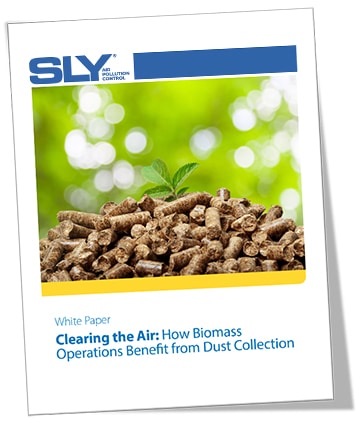
While biomass operations convert organic waste into clean energy or usable products, there are some instances during waste stream transport, drying and/or processing where nuisance dust or processing dust becomes an issue.
Read More
Effective Methods for Biomass Dust Collection
Top Reasons Why Biomass Dust Collection Demands A Customized Approach
Topics: dust collection system, dust collector, biomass
April 3, 2023
Nations around the globe are looking for alternative fuels that are renewable, carbon neutral and/or can be used to break fossil fuel dependency. Switching to biomass fuel sources can help reduce greenhouse gas emissions and contribute to sustainability goals. Biomass not only provides energy and…
Read MoreThe Importance of Dust Safety in the Biomass Industry
Topics: dust collection system, dust collector, biomass
May 5, 2023
While biomass has existed since the earth was formed, the past few decades have witnessed an increased interest in using biomass stock in unique ways. These innovative ideas have created a distinction between “modern” and “traditional” biomass. Modern uses repurpose waste products with a biological…
Read More



